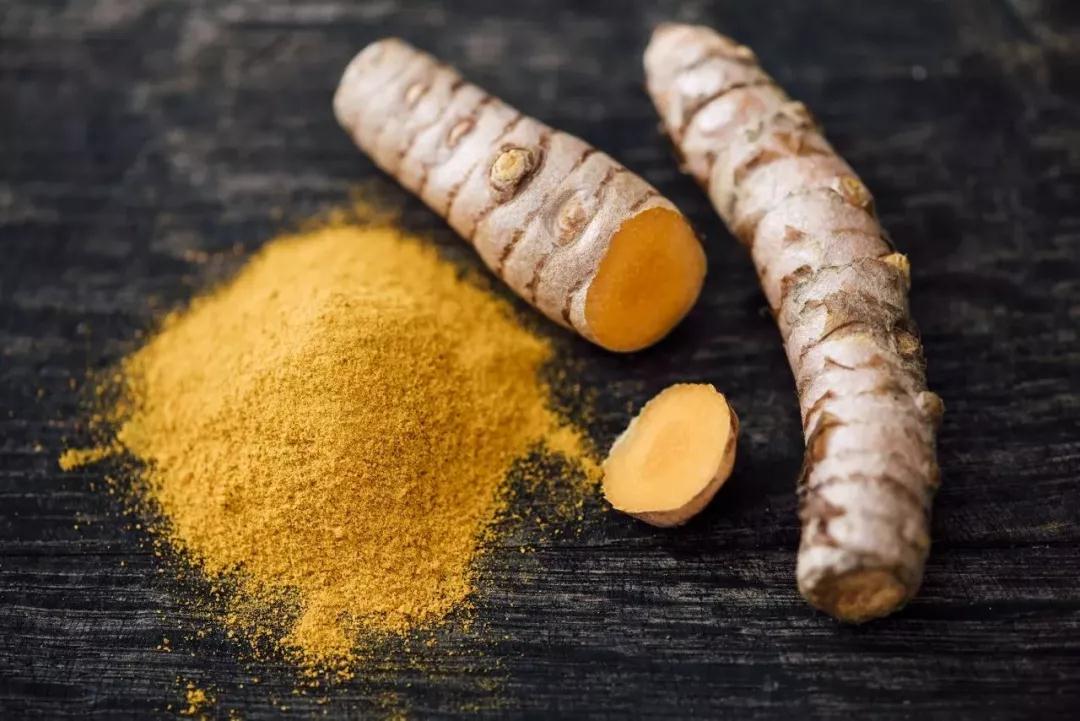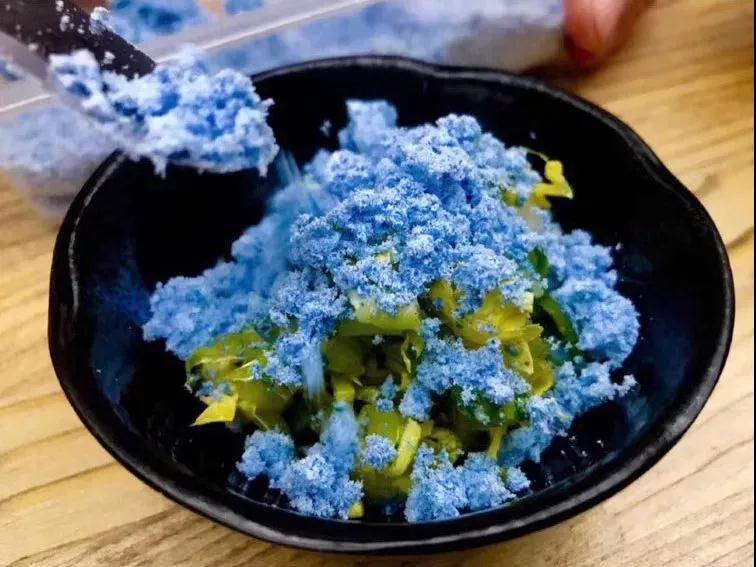GUANGDONG KELONG BIOTECHNOLOGY CO., LTD.
Add: No.5-17 and No.5-32, South area of Qibao Industry and Trade, Huicheng, Xinhui, Jiangmen, Guangdong, China
Tel:+86-750-6978788
Fax:+86-750-6978868
Wechat: 13828063050
Website: http://www.kelongbio.com
Email: export@kelongbio.com
marketing@kelongbio.com
Natural pigments are food colors obtained through natural sources. A colored element mainly extracted from animals, plants and microorganisms. Among the most common natural pigments, plants are the most extracted.
—— Plant pigments: chlorophyll, carotene, anthocyanin, lycopene...
—— Animal pigments: cochineal pigment, phycocyanin, bilirubin...
—— Microbial pigment: Monascus pigment...



Natural pigments have a long history of use and carry the folk culture of each region. It can mobilize people's visual ability, and it also contains beautiful meanings while being beautiful. Because of the natural pigments, there are rainbow-like supplies and foods that give life unlimited vitality and beauty.
According to customs statistics, the export volume of China's natural pigments (3203001990 customs code statistics) reached US$190 million in 2017, up 26.81% year-on-year; the export volume was 6,600 tons, up 19.42% year-on-year.
In 2017, the top five markets for exports were India, Spain, the United States, Japan, and Germany. China’s exports to India amounted to US$36.61 million, an increase of 12.23% year-on-year; the export volume was 993 tons, down 4.85% year-on-year. China’s exports to Spain were US$31.91 million, up 9.04% year-on-year; the export volume was 831 tons, up 0.23% year-on-year. China’s exports to the United States were US$27.84 million, a year-on-year increase of 56.36%; the export volume was 599 tons, a year-on-year increase of 61.39%. China’s exports to Japan were 16 million U.S. dollars, up 34.01% year-on-year; the export volume was 554 tons, up 4.11% year-on-year. China’s exports to Germany were 15.51 million U.S. dollars, up 30.7% year-on-year; the export volume was 466 tons, up 22.31% year-on-year.
The pros and cons of natural pigments
advantage:
1, extracted from plants, generally not harmful to the human body
2. Some natural pigments have nutritional value, and some natural pigments have certain pharmacological effects.
3, can better imitate the color of natural materials, the color tone is more natural when coloring
Disadvantages:
1, not easy to dissolve, and uneven coloration
2, some natural pigments will react with food materials to change color
3, unstable, easily affected by factors such as PH, air, light, humidity, etc.
4, the composition is complex, easy to use precipitation, the cost of pure products is higher
Applications of natural pigments include food, pharmaceuticals, cosmetics, feed and many other industries.
According to foreign media reports, there are currently dozens of natural pigments used in the food industry in Western countries. In recent years, the demand for natural pigments in Western countries is increasing. The annual average growth rate of natural pigments in the global market is as high as 10% to 15%, especially in the five developed countries of the United States, Britain, Germany, France and Japan. Natural pigments are the most used in the food industry.
Commonly used pigments are generally divided into 5 categories, including red pigment (representing varieties of carotene, capsanthin, etc.); orange pigment (mango peel extract, annatto pigment, etc.); green pigment (chlorophyll); bright yellow pigment (curcumin) ) and blue-purple (anthocyanin).
In recent years, new natural pigments including astaxanthin (a natural red pigment from red algae), canthaxanthin, lutein (from marigold) and turmeric powder have also been added to the list of natural pigments in Europe and the United States. . These newly added natural pigments have certain anti-disease and anti-disease effects on the human body. At present, the global market for natural pigments ranks in Europe (36%), the United States (28%), and Asia (18%), with other countries and regions accounting for 18%.